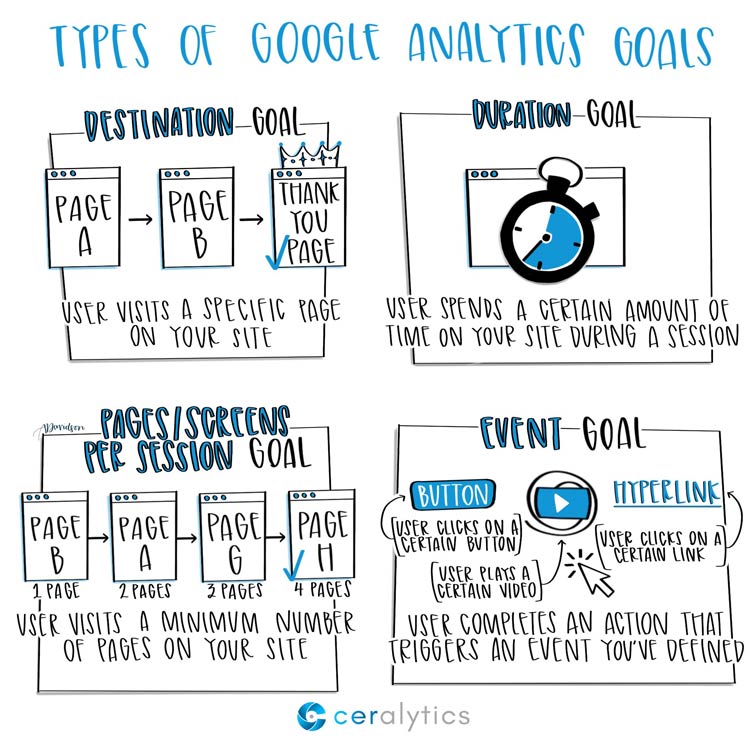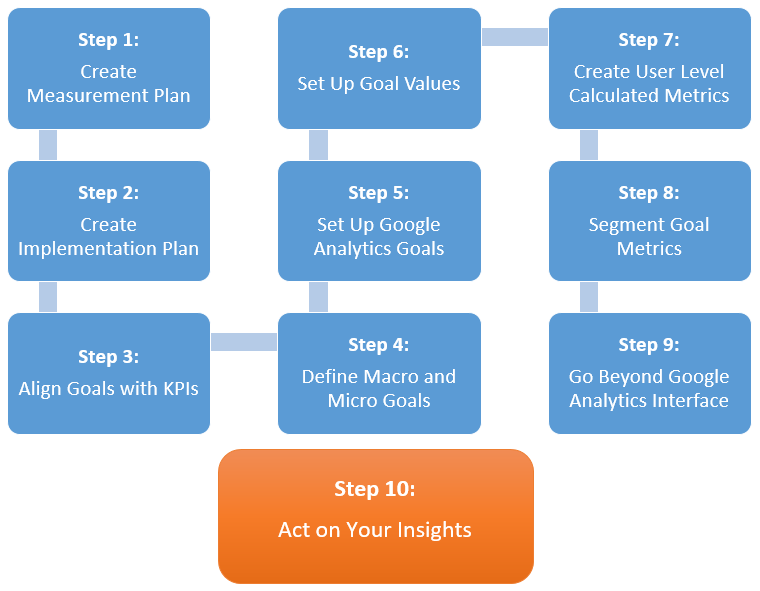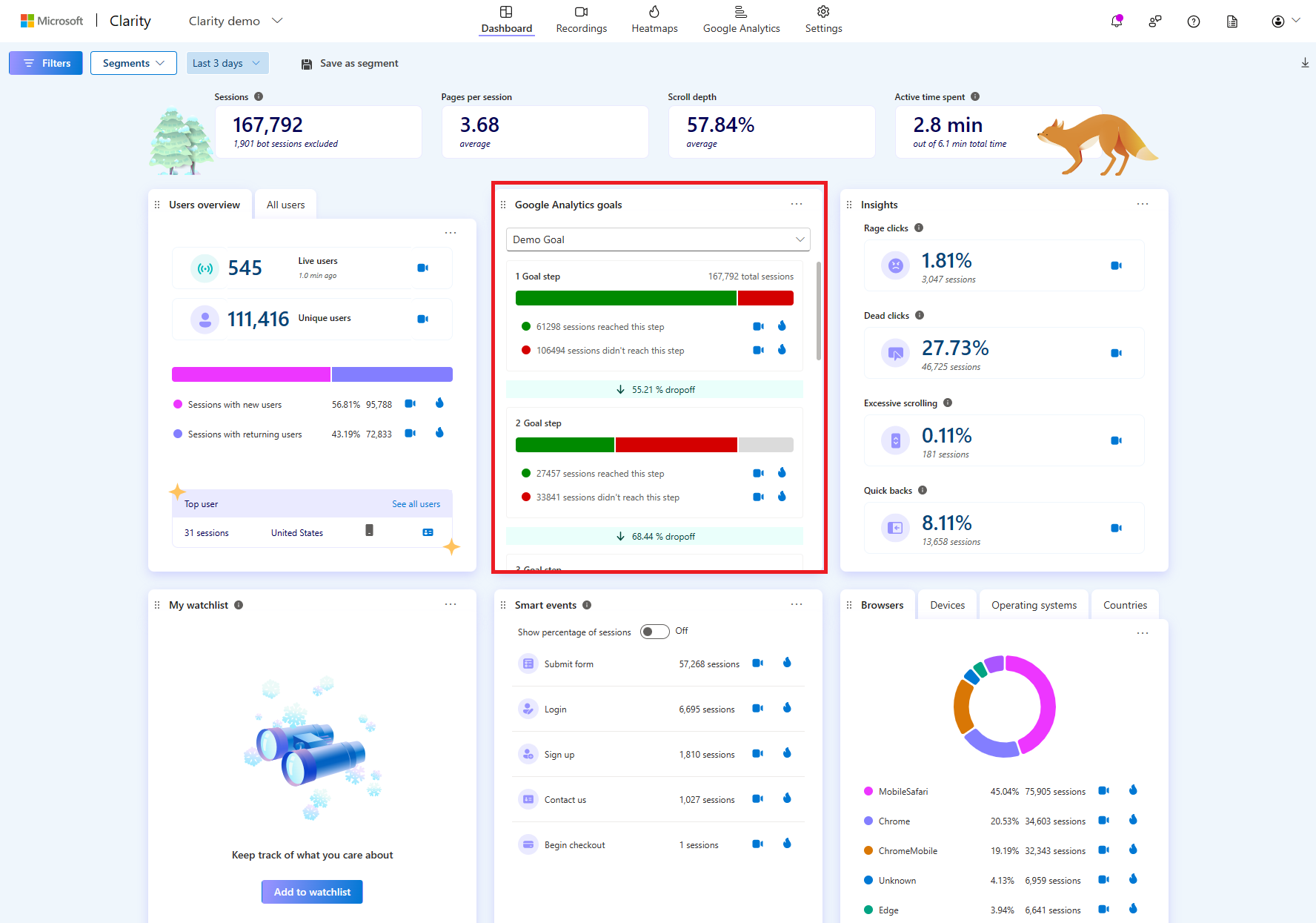Unveiling the Blind Destinations: Comprehending What Google Analytics Goals Can not Gauge
In the world of electronic analytics, Google Analytics stands as an effective device for monitoring and examining online user interactions. Amidst its robust capabilities, there exist blind places that typically escape dimension. what data is google analytics goals unable to track. Recognizing what Google Analytics goals can not measure is crucial for gaining a comprehensive sight of user behavior and involvement. As we dive right into the ins and outs of these unseen areas, we discover a complex internet of undiscovered areas that hold valuable understandings into customer activities and motivations, challenging standard knowledge and clarifying the limitations of our data-driven understanding.
User Behavior on External Operatings Systems
Comprehending just how users connect on outside platforms is crucial for enhancing online methods. External systems, such as social media networks, reference websites, and on-line forums, play a considerable duty in driving website traffic to a business's website. By examining user habits on these systems, businesses can acquire beneficial insights into the efficiency of their marketing efforts and the preferences of their target audience.
One key facet of customer habits on external platforms is the referral resource. By tracking where the individuals are coming from, companies can recognize which systems are driving one of the most traffic to their website. This info can assist firms allocate their sources a lot more effectively, focusing on the platforms that produce the very best outcomes.

Offline Conversions and Interactions
Assessing individual behavior on outside systems supplies important understandings into on-line approaches; nevertheless, thinking about offline conversions and interactions is just as important for an extensive understanding of a firm's general performance. Offline conversions, such as in-store acquisitions or phone queries, play a considerable duty in numerous businesses' success.

Attribution Beyond Last Click
When delving into the world of electronic advertising analytics, it ends up being important to look past the single touchpoint of the last click for a more detailed understanding of acknowledgment. While Google Analytics provides important insights into individual behavior, relying only on last-click Visit Website attribution can be limiting - what data is google analytics goals unable to track. Attribution models that exceed the last click use an extra nuanced sight of the consumer journey, taking into consideration all the touchpoints that result in a conversion
Acknowledgment beyond the last click permits marketing experts to appoint credit score to different interactions along the conversion path, giving a more clear photo of the performance of different advertising channels. By exploring multi-touch acknowledgment designs such as linear, time degeneration, or position-based acknowledgment, organizations can better assign their advertising budget plans and maximize their approaches for optimal influence.
Comprehending the influence of each touchpoint in the conversion procedure is vital for making informed choices and making the most of ROI. By embracing acknowledgment beyond the last click, organizations can get deeper insights right into customer behavior and tailor their advertising initiatives more properly.
Cross-Device and Cross-Browser Monitoring

Similarly, cross-browser tracking matches cross-device monitoring by capturing user habits as they change in between various internet browsers. Recognizing just how customers interact with websites on various browsers can help marketing experts optimize their on the internet experiences to make sure uniformity and capability throughout various systems.
Qualitative Information and Customer Intent
Recognizing user intent through qualitative information evaluation is critical for developing targeted digital advertising techniques that resonate with the requirements and preferences of the target audience. Qualitative data provides understandings right into the 'why' behind individual actions, clarifying inspirations, emotions, and preferences that measurable information alone can not record. By assessing customer responses, remarks, and communications, marketing experts can discover important information about customer intent, enabling them to customize their messaging, web content, and offerings to better align with what their audience is looking for.
Qualitative information also helps in understanding the context in which customers involve with a web site or app. This contextual understanding enables marketers to create even more relevant and tailored experiences, eventually driving greater interaction and conversion rates. By diving into customer intent with qualitative information analysis, businesses can get a deeper understanding of their target market, resulting in more reliable advertising approaches her explanation that satisfy customers' requirements and assumptions.
Conclusion
To conclude, Google Analytics objectives have restrictions in gauging individual actions on external systems, offline conversions, attribution past last click, cross-browser and cross-device monitoring, and qualitative data connected to user intent. what data is google analytics goals unable to track. It is very important for businesses to be mindful of these unseen areas in order to supplement their information evaluation with other tools and approaches to gain a much more thorough understanding of their audience and improve their overall digital advertising and marketing strategies
By examining customer behavior on these platforms, organizations can gain important understandings right into the performance of their marketing efforts and the preferences of their target audience.
Analyzing individual habits on exterior systems provides valuable insights into on the internet approaches; nonetheless, taking into consideration offline conversions try this web-site and communications is similarly imperative for an extensive understanding of a business's general performance.In digital advertising and marketing analytics, relocating past last-click acknowledgment to check out cross-device and cross-browser tracking is necessary for obtaining an all natural understanding of user communications throughout numerous systems and gadgets. By examining individual comments, comments, and interactions, online marketers can uncover valuable information concerning customer intent, enabling them to tailor their messaging, material, and offerings to better align with what their target market is looking for.
By delving into customer intent with qualitative data evaluation, organizations can get a deeper understanding of their target audience, leading to more effective advertising and marketing methods that satisfy users' demands and assumptions.